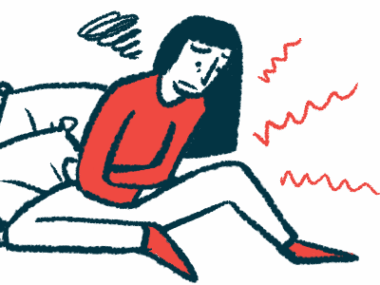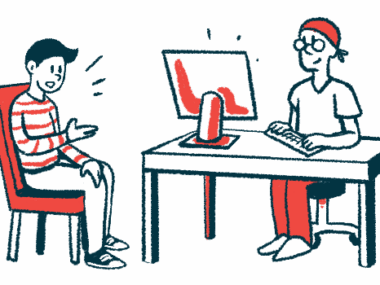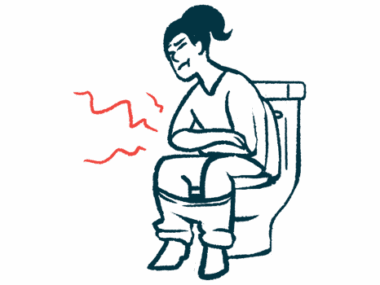Choreographing her comeback: Dancing through life with AIP
Hannah has been free from porphyria attacks since 2020
Written by |
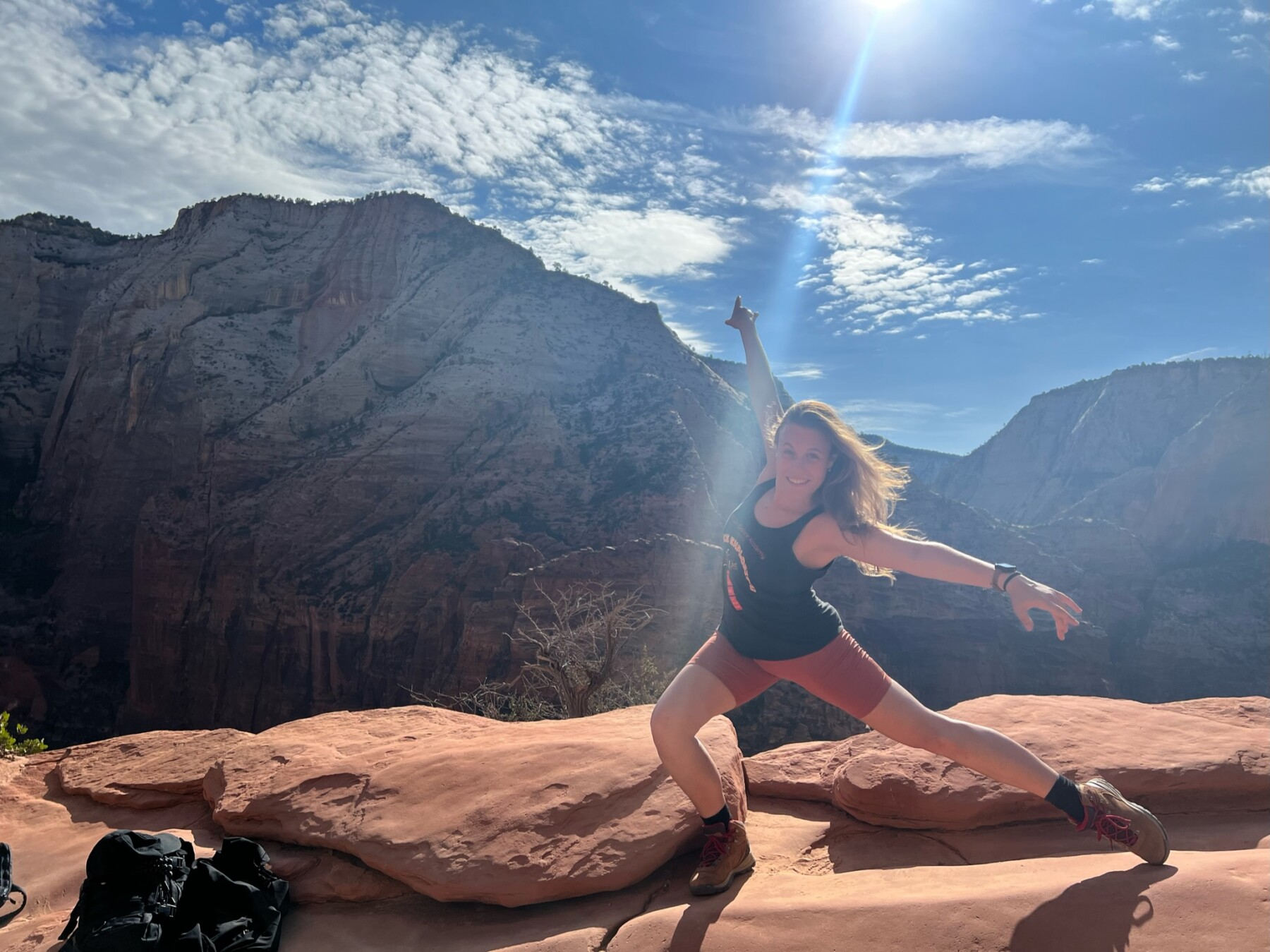
Hannah S.
Before returning to dancing following her diagnosis, Hannah hiked in Zion National Park in Utah.
It’s been about eight years since Hannah, a dancer and dance teacher, experienced her first acute hepatic porphyria (AHP) attack, but she can still clearly recall the intensity of the sharp stabbing sensation in her abdomen.
The overwhelming pain, as well as fatigue, dizziness, and nausea, kept returning, their cause initially unknown. Eventually Hannah found a pathway to the right diagnosis and treatment, and she’s now living a life filled with dance, social support, and self-care.
In search of an answer
Now around 30 and living in the Philadelphia area, Hannah began having symptoms in the fall of 2017 when she was a junior in college and studying theater. Over the next few months, she went to a number of doctors, but they couldn’t figure out the cause of her pain, nor the fatigue, dizziness, and nausea she was experiencing.
After another excruciating attack of symptoms in early 2018 while on a trip to London with her classmates, she went to a doctor who diagnosed her with acute intermittent porphyria (AIP), the most common type of AHP. The mystery was solved.
“And I remember looking outside at Big Ben through the window and thinking, ‘What happens next now that I have this diagnosis?’” Hannah said.
Once she returned to the U.S., Hannah tried multiple treatments, but the attacks persisted. Then everything changed during the pandemic when she began a monthly treatment for AHP. She hasn’t had an attack since 2020.
Dancing through the pain
Through the language of movement, Hannah has choreographed a dance as a way to help her process and tell her story.
Toward the beginning of the dance, she lifts and twists her right hand into a sharp point that she then quickly lowers, jabbing and stabbing her abdomen, to represent the debilitating pain she felt. Later, she runs down stage, turns, and covers her mouth to convey the anxiety of not knowing what questions to ask ahead of her diagnosis, and not having any answers.
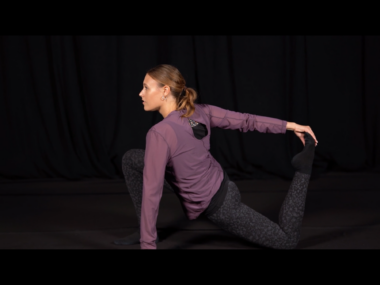
Hannah has choreographed a dance to help her better process being a person with acute intermittent porphyria, or AIP. (courtesy of Hannah S.)
When she looks around, observing and listening, it symbolizes the day in London that the doctor diagnosed her.
She reaches right, left, and center, to represent her past before and her future after the diagnosis. She jumps, leaps, and rolls to the ground, then walks to the right and lifts her hands into the air, portraying her intention to take the next steps toward managing her condition.
Hannah’s favorite moment is when she takes a big leap that symbolizes her decision to try the medication that worked for her. Then she sinks down and turns, and an expression of wonderment brightens her face, bringing her to her knees.
“This is incredible,” she says of the time the medication started working. “I can finally maybe see past a month in my life. I can see a future now, and I can see what is still possible for me to do and become in my lifetime.”
Toward the end of the dance, she performs a series of turns, each of representing another year of her having fewer to no attacks.
Hannah said the only symptom she occasionally experiences these days is fatigue.
An ensemble of support
Apart from her medical treatment and dance, Hannah’s support network and self-care play a key role in managing AIP.
She said her relatives, friends from college, and roommates have always been there for her, through good and bad times. She also appreciates the support of her “dance family” — her coworkers, fellow dancers, and students at the dance school where she teaches.
Hannah, who is now an Alnylam patient ambassador, emphasizes the importance of eating well, getting enough sleep, and doing activities she likes.
“My current favorite thing to do right now is find a new park or a hiking trail nearby, and just explore that for an hour every Sunday,” said Hannah, who also attends talk therapy to help her manage the physical and emotional impact of the disease.
Hannah’s message to others dealing with AIP is similar to what she strives to do through her dancing — find moments of joy despite the challenges.
“You only have one life to live, and trying to live that to the fullest is definitely the way that I would like to live it,” she said. “And I hope that other people find the courage and the strength within themselves, even though they are going through something, to know that that diagnosis will not define them. The diagnosis is just a little chapter in their story.”




